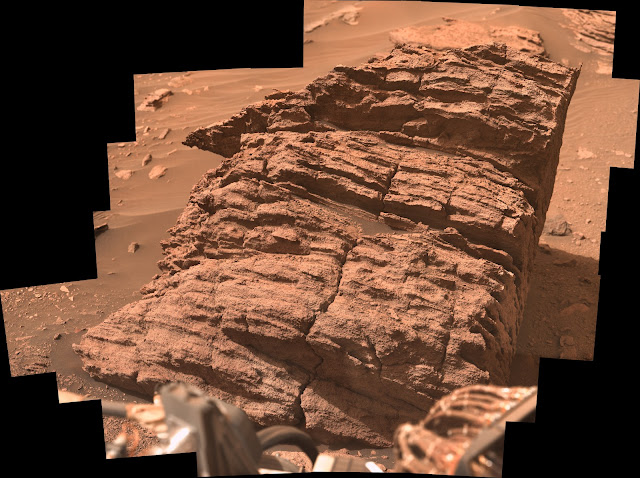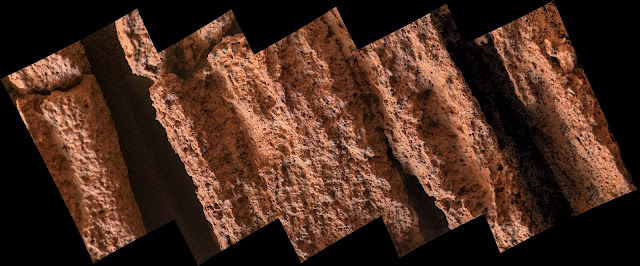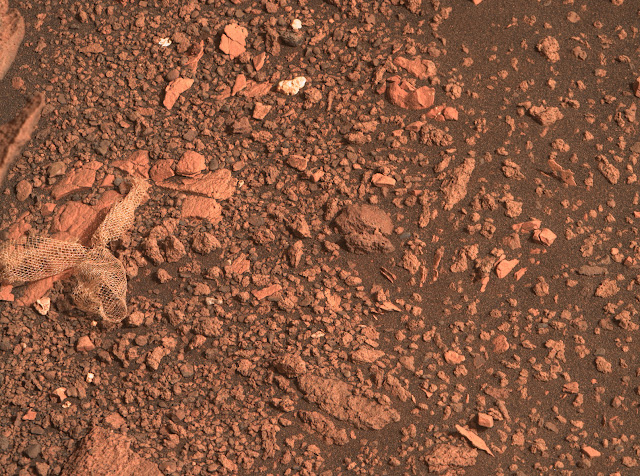Mars: A Complex Geologic History of Aram Chaos | NASA MRO
This 280-kilometer diameter crater center has experienced a long history of water activity. Within the crater is a heavily faulted and fractured terrain called Aram Chaos that consists of darker volcanic rocks that were disrupted as a result of water and/or magma withdrawal in the subsurface.
Black and white images are 5 km across; enhanced color images are 1 km. For full images including scale bars, visit the source link.
NASA's Mars Reconnaissance Orbiter (MRO) is the second longest-lived spacecraft to orbit Mars, after 2001 Mars Odyssey. It has been studying the Red Planet since March 2006. The spacecraft collects and relays daily science and weather data. It also scouts for landing locations for Mars landers and serves as a critical relay station for science beamed back from the Red Planet.
NASA’s Jet Propulsion Laboratory, a division of the California Institute of Technology in Pasadena, California, manages the Mars Reconnaissance Orbiter (MRO) for NASA’s Science Mission Directorate, Washington. The University of Arizona, Tucson, operates the High Resolution Imaging Science Experiment (HiRISE) camera on MRO, which was built by Ball Aerospace & Technologies Corp., Boulder, Colorado.
Video Credit: NASA/Jet Propulsion Laboratory (JPL)/University of Arizona
Narration: Tre Gibbs
Tre's website: www.tregibbs.com
Duration: 1 minute
Release Date: June 29, 2022
#NASA #Space #Astronomy #Science #Mars #RedPlanet #Planet #Geology #AramChaos #Volcanic #Water #MRO #Reconnaissance #Orbiter #Technology #Engineering #JPL #Pasadena #California #UnitedStates #JourneyToMars #STEM #Education #HD #Video
.jpg)
.jpg)
.jpg)
.png)
.jpg)


.jpg)







.jpg)
V1.jpg)
V2.jpg)
V3.jpg)
V4.jpg)
V5.jpg)
V6.jpg)
V7.jpg)
.jpg)
.jpg)
.jpg)






